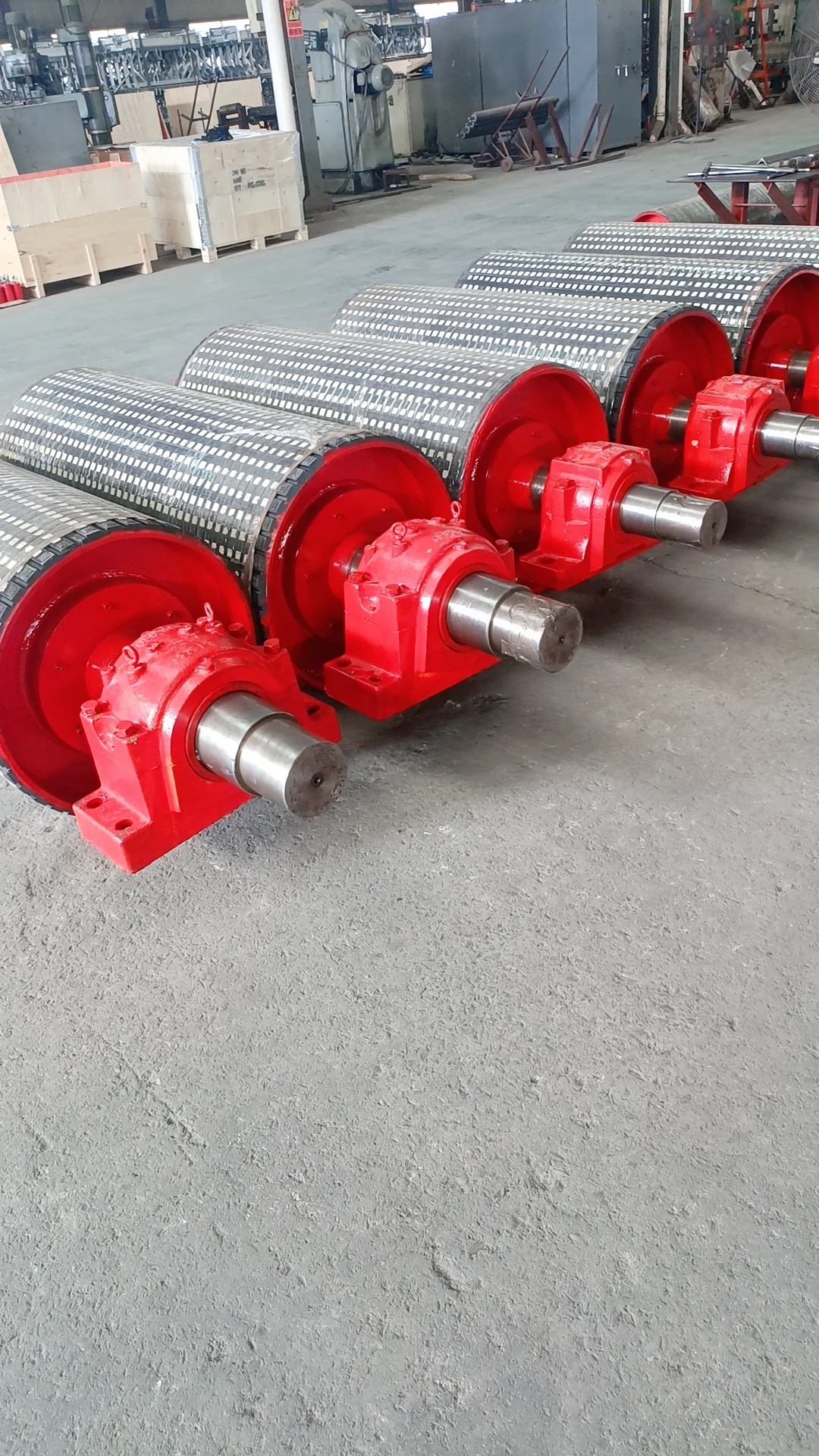 Afrikaans
Afrikaans  Albanian
Albanian  Amharic
Amharic  Arabic
Arabic  Armenian
Armenian  Azerbaijani
Azerbaijani  Basque
Basque  Belarusian
Belarusian  Bengali
Bengali  Bosnian
Bosnian  Bulgarian
Bulgarian  Catalan
Catalan  Cebuano
Cebuano  Corsican
Corsican  Croatian
Croatian  Czech
Czech  Danish
Danish  Dutch
Dutch  English
English  Esperanto
Esperanto  Estonian
Estonian  Finnish
Finnish  French
French  Frisian
Frisian  Galician
Galician  Georgian
Georgian  German
German  Greek
Greek  Gujarati
Gujarati  Haitian Creole
Haitian Creole  hausa
hausa  hawaiian
hawaiian  Hebrew
Hebrew  Hindi
Hindi  Miao
Miao  Hungarian
Hungarian  Icelandic
Icelandic  igbo
igbo  Indonesian
Indonesian  irish
irish  Italian
Italian  Japanese
Japanese  Javanese
Javanese  Kannada
Kannada  kazakh
kazakh  Khmer
Khmer  Rwandese
Rwandese  Korean
Korean  Kurdish
Kurdish  Kyrgyz
Kyrgyz  Lao
Lao  Latin
Latin  Latvian
Latvian  Lithuanian
Lithuanian  Luxembourgish
Luxembourgish  Macedonian
Macedonian  Malgashi
Malgashi  Malay
Malay  Malayalam
Malayalam  Maltese
Maltese  Maori
Maori  Marathi
Marathi  Mongolian
Mongolian  Myanmar
Myanmar  Nepali
Nepali  Norwegian
Norwegian  Norwegian
Norwegian  Occitan
Occitan  Pashto
Pashto  Persian
Persian  Polish
Polish  Portuguese
Portuguese  Punjabi
Punjabi  Romanian
Romanian  Russian
Russian  Samoan
Samoan  Scottish Gaelic
Scottish Gaelic  Serbian
Serbian  Sesotho
Sesotho  Shona
Shona  Sindhi
Sindhi  Sinhala
Sinhala  Slovak
Slovak  Slovenian
Slovenian  Somali
Somali  Spanish
Spanish  Sundanese
Sundanese  Swahili
Swahili  Swedish
Swedish  Tagalog
Tagalog  Tajik
Tajik  Tamil
Tamil  Tatar
Tatar  Telugu
Telugu  Thai
Thai  Turkish
Turkish  Turkmen
Turkmen  Ukrainian
Ukrainian  Urdu
Urdu  Uighur
Uighur  Uzbek
Uzbek  Vietnamese
Vietnamese  Welsh
Welsh  Bantu
Bantu  Yiddish
Yiddish  Yoruba
Yoruba  Zulu
Zulu Types of Belt Drive Pulleys and Their Applications in Mechanical Systems
Understanding Belt Drive Pulley Types A Comprehensive Guide
Belt drive systems are essential components in various machinery and mechanical applications. They are widely used for transferring power from one part of a machine to another, effectively increasing efficiency and enabling complex functionality. Central to these systems are pulleys, which come in several types, each designed for specific applications and types of belt drives. In this article, we will explore the various types of belt drive pulleys and their characteristics.
1. Flat Pulleys
Flat pulleys are the simplest form of pulleys used in belt drive systems. They feature a flat surface that the belt lies against. They are most commonly used in applications where belts are moved on a flat surface rather than in a groove. Flat pulleys are often found in light-duty applications, such as small machines and industrial fans, due to their straightforward design. However, they can suffer from slippage if the belt tension is not properly maintained.
2. V-Belt Pulleys
V-belt pulleys are characterized by a V-shaped groove that securely houses a V-belt. This design provides better grip and reduces the chances of slippage compared to flat pulleys. V-belt pulleys are widely used in automotive applications, industrial machines, and HVAC systems. They are available in different sizes and configurations to accommodate a range of power requirements. The efficiency and effectiveness of V-belt systems make them a popular choice for many mechanical applications.
Timing pulleys are specifically designed to work with timing belts, which feature teeth that fit into corresponding grooves on the pulley. This design allows for precise synchronization of rotational movement, making timing pulleys ideal for applications where timing accuracy is critical, such as in robotics, conveyors, and engines. They significantly reduce the chances of slippage, ensuring that the driven components maintain their correct timing.
4. Idler Pulleys
belt drive pulley types

Idler pulleys do not serve as the primary power transmission unit. Instead, they act to guide and tension the belt within a system. Idler pulleys help to improve belt alignment and can also provide additional support in high-tension applications. They are commonly found in various machinery, including conveyor systems and automotive engines. The use of idler pulleys can reduce wear and extend the lifespan of both the belt and the primary driving pulleys.
5. Multiple Groove Pulleys
Multiple groove pulleys have two or more grooves designed to accommodate multiple belts simultaneously. This type of pulley is used in applications that require the transfer of power to several systems at once, such as in larger industrial machines or heavy agricultural equipment. Multiple groove pulleys can optimize space and ensure balanced load distribution among belts, which can enhance system efficiency and performance.
6. Sheave Pulleys
Sheave pulleys are specifically designed for use with rope or cable rather than traditional belts. They often play a vital role in lifting systems, cranes, and block-and-tackle setups. Sheave pulleys can be single or multi-sheave, allowing for various mechanical advantages. Their design focuses on minimizing friction and maximizing the efficiency of the lifting process.
7. Custom Pulleys
In addition to the standard types mentioned above, custom pulleys can be designed to meet specific requirements or applications. This might involve alterations in size, material, or configuration to best fit the unique needs of a particular machinery setup. Custom pulleys ensure that businesses can optimize their operations by addressing specific challenges within their processes.
Conclusion
Understanding the different types of belt drive pulleys is essential for anyone involved in machinery design, maintenance, or operation. Each type of pulley offers unique advantages and applications, allowing for the efficient transfer of power in numerous settings. By choosing the right pulley for a specific application, companies can enhance performance, reduce downtime, and extend the lifespan of their equipment. Whether it’s flat pulleys for simple mechanical systems or timing pulleys for precision applications, selecting the correct belt drive pulley is crucial for optimal operational efficiency.
-
Revolutionizing Conveyor Reliability with Advanced Rubber Lagging PulleysNewsJul.22,2025
-
Powering Precision and Durability with Expert Manufacturers of Conveyor ComponentsNewsJul.22,2025
-
Optimizing Conveyor Systems with Advanced Conveyor AccessoriesNewsJul.22,2025
-
Maximize Conveyor Efficiency with Quality Conveyor Idler PulleysNewsJul.22,2025
-
Future-Proof Your Conveyor System with High-Performance Polyurethane RollerNewsJul.22,2025
-
Driving Efficiency Forward with Quality Idlers and RollersNewsJul.22,2025





























